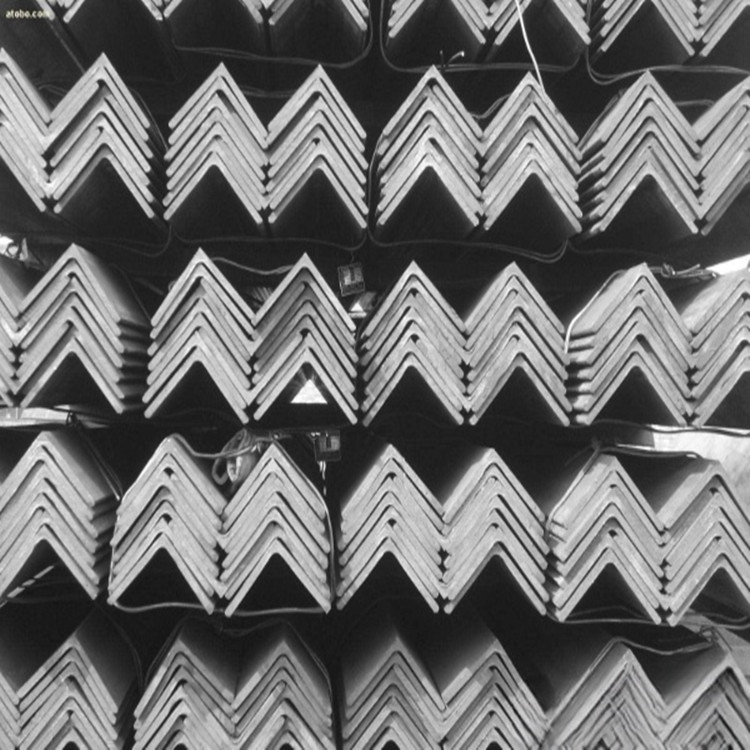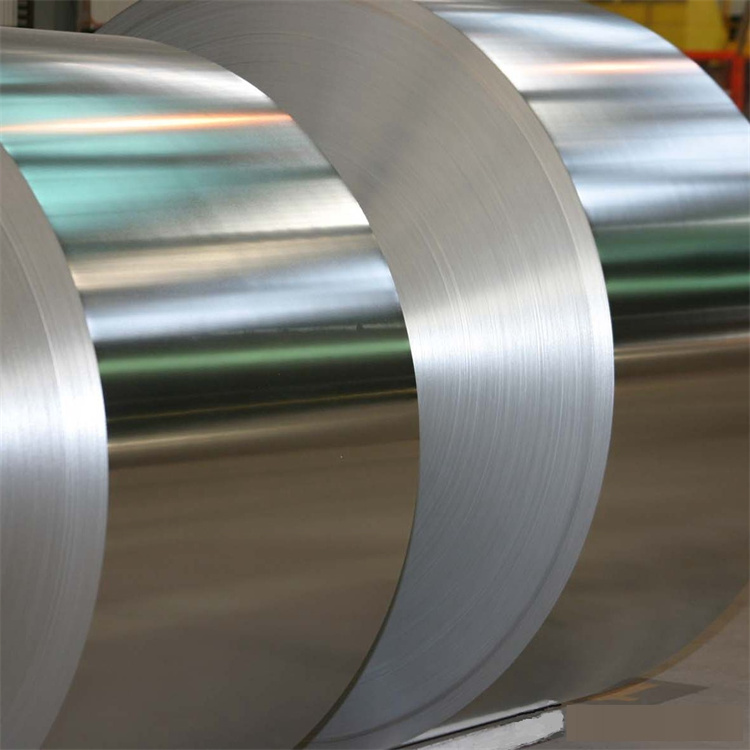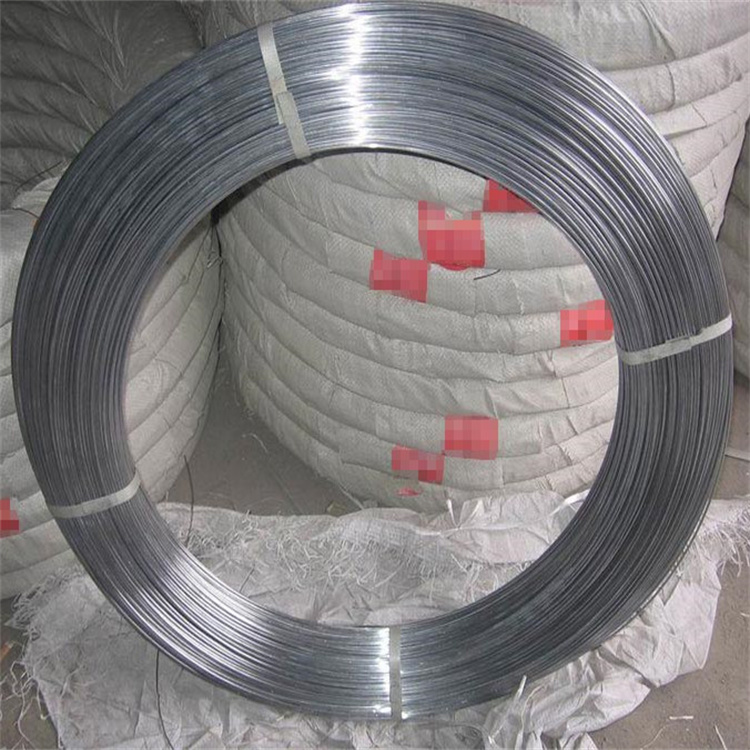How to control the spangle of galvanized coil in production?
How Zinc Spangle of Galvanized Steel Coil Are Formed?
During the galvanizing process of steel plate, the crystalline pattern of the coating metal appears when the surface of the coating is solidified.
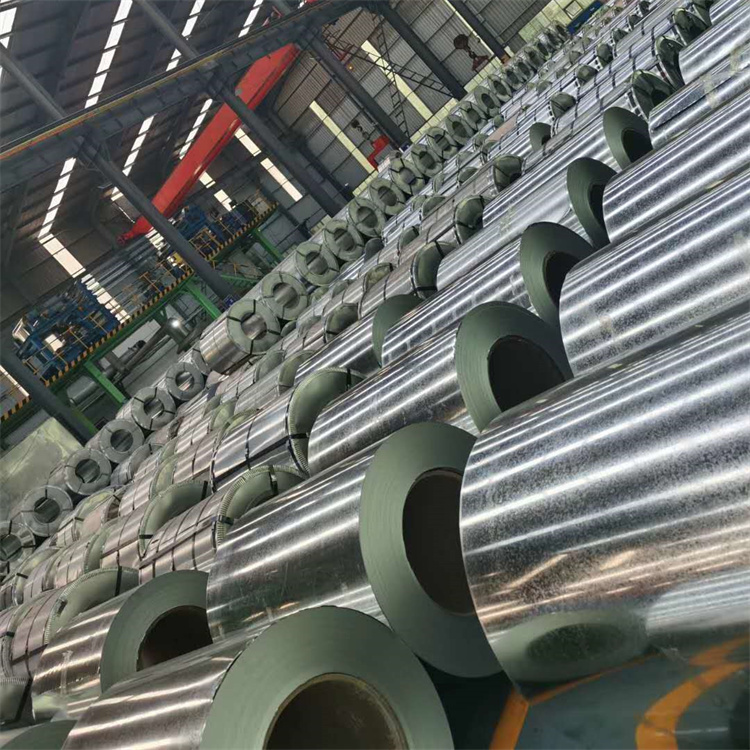
How to control the spangle of galvanized coil in production?
The principle of producing spangle is to try toreduce the solidification temperature of zinc solution and prolong the growth time of spangle crystal.
The method and principle of zinc spangle acquisition.
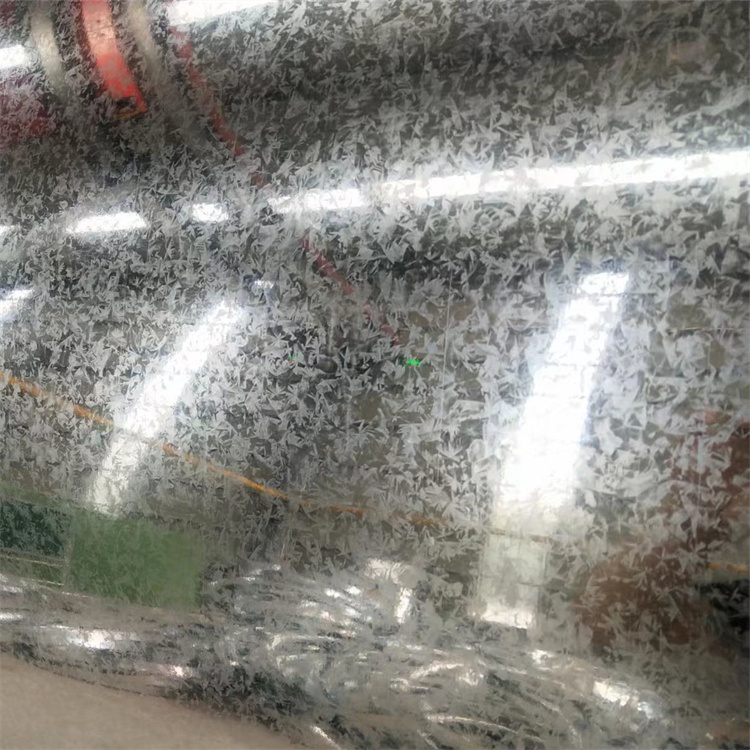
1. Adding other elements to zinc solution
When a certain alloying element is added to the zinc liquid, the crystallization process can be prolonged, and the surface zinc liquid will not solidify before reaching its eutectic temperature. Pure zinc solidifies at 419.5°C. If tin (less than 0.5%) is added, the tin-zinc eutectoid alloy will not solidify until it drops to 198°C. After adding cadmium, the cadmium-zinc eutectoid alloy will not solidify until it drops to 264°C. For example, after adding antimony (below 0.3%), the antimony-zinc eutectoid alloy will not solidify until it drops to 409℃. After adding lead, its lead-zinc eutectoid alloy will not condense until it drops to 317℃. Therefore, the solidification time of pure zinc is prolonged to varying degrees, which greatly prolongs the growth time of spangle crystals and facilitates the growth of spangles, so larger spangles can be obtained.
2. Surface blowing method
When the pure zinc layer on the surface is about to solidify, if the flow of steam or sulfur dioxide passes through the surface, the spangle crystal can grow smoothly, and a larger pattern can be obtained. Another purpose of blowing sulfur dioxide gas flow is to form a dense oxide film and improve the corrosion resistance of the galvanized layer.
3. Wire mesh method
This method can only be used on galvanized sheets, and it uses magnetic rollers to make the wire mesh contact the surface of the zinc layer to achieve this purpose. Since the contact point of the steel mesh is first cooled, the solid particles of the knot are first formed there to become crystallization nuclei, and the remaining unsolidified zinc liquid, that is, the crystallization nuclei begin to crystallize outward to form spangles.
4. Water spray method
When the pure zinc liquid on the surface of galvanized steel is not solidified, spray water mist (a mixture of water and steam or water and air) to cause crystallization nuclei. The unsolidified zinc solution spreads out from this starting point to form spangles.
5. Other methods
In addition to the four methods specified in the appeal, if the surface of the plated part is smooth, the galvanized layer is relatively thin, the temperature is controlled to drop uniformly, and the cooling time in the air is sufficient, larger spangles can be obtained.
Influence of various factors on the formation of spangles
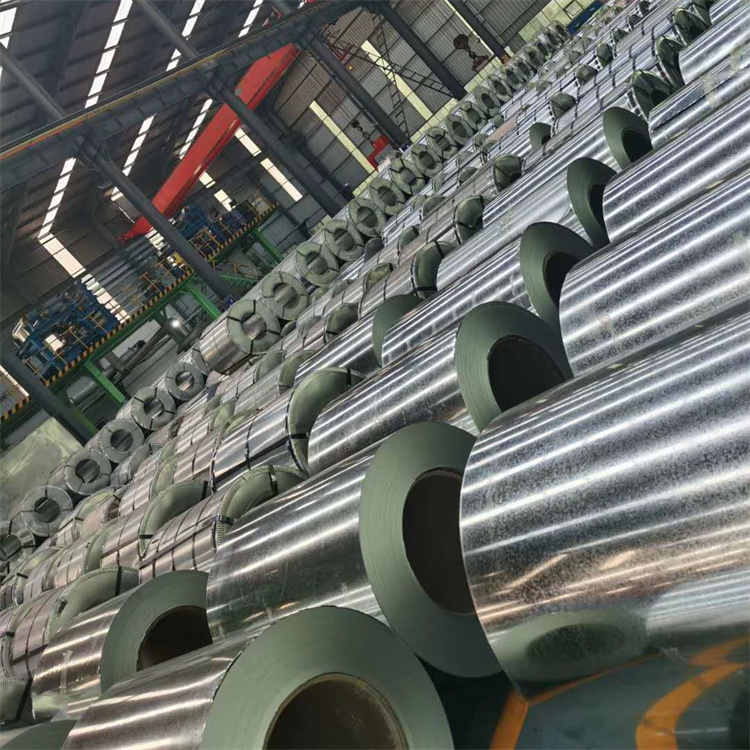
(1) The influence of alloying elements.
During hot-dip galvanizing, only one of the three colored elements, such as lead (Pb), antimony (Sb), and tin (Sn), is added to the zinc pot, and spangles will appear on the surface of the hot-dip galvanized sheet. When producing large spangle hot-dip galvanized sheets, Europeans are used to adding lead, and Americans are used to adding antimony, because tin is expensive, so they do not use it. Due to the toxic effects of lead on the human body and the dull surface gloss, almost all lead is replaced by antimony at present. The size of the spangle is related to the added amount. The larger the content, the larger the spangle, and the smaller the content, the smaller the spangle. For example, when the diameter of the spangle is required to be 8-12mm, the addition of antimony or lead is 0.06%-0.12% .
(2) The influence of the original board.
The thicker the original plate and the smaller the roughness, the larger the spangle.
(3) The influence of cooling rate.
The slower the cooling rate, the longer the crystal growth time, and the larger the spangle.
(4) The influence of the crystallization center.
During the solidification of the galvanized layer, the size of the spangle is determined by the number of crystal nuclei: the more nuclei, the smaller the spangle and the fewer the nuclei.
(5) The influence of the thickness of the zinc layer.
The thicker the zinc layer, the longer the solidification lasts and the larger the spangles produced. In the hot-dip galvanizing by air blowing, if the air blowing pressure is lower than 0.02MPa, the coating will be as if it is not blown. Although the coating will appear waves and undulations, the surface spangles are very large. When the galvanized layer is thin, the zinc layer solidifies quickly, and the spangles can only form small spangles because there is no time to grow up. Practice has proved that if the injection pressure is greater than 0.08MPa, there is almost no spangle on the surface.
This photo shows zero spangle galvanized steel coil:
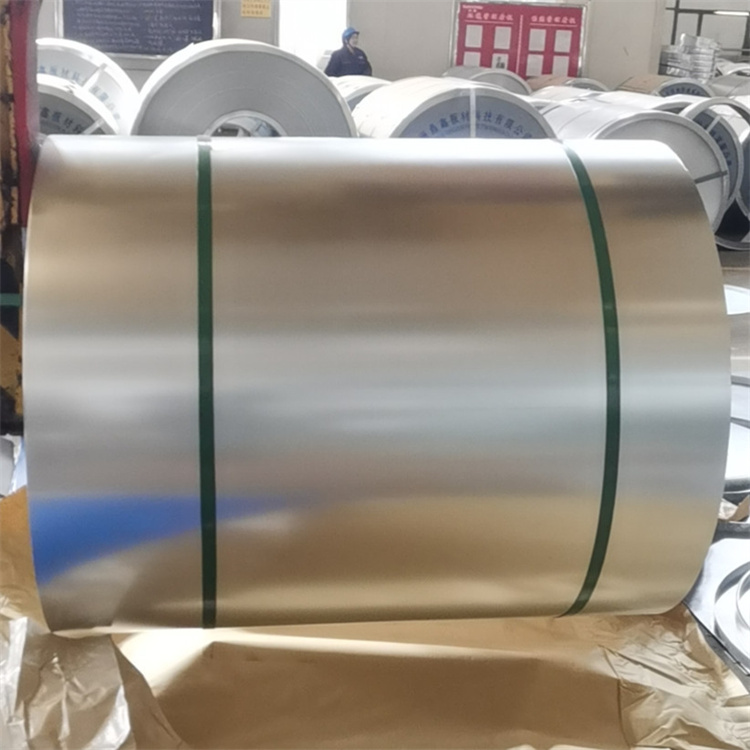
This photo shows zero spangle galvanized steel coil with bright surface:
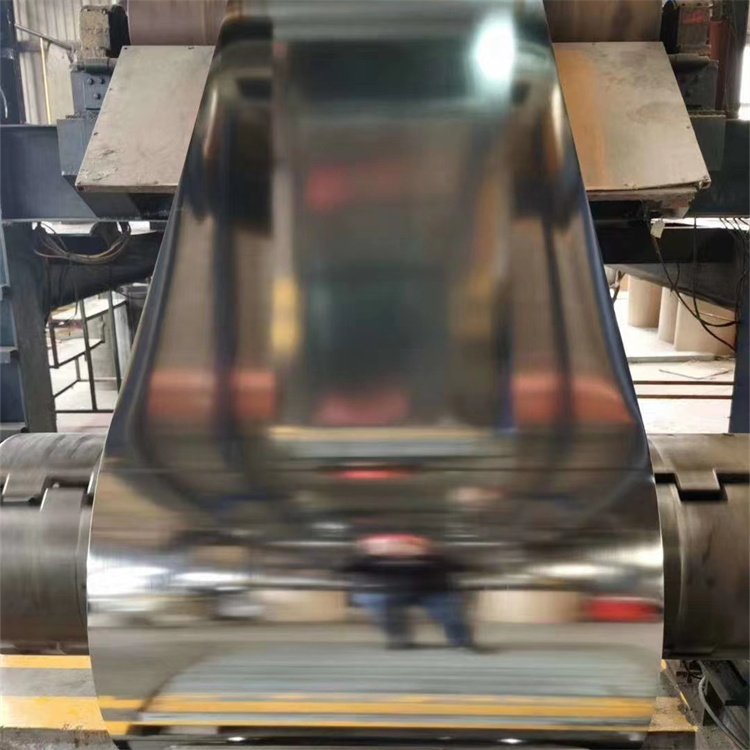
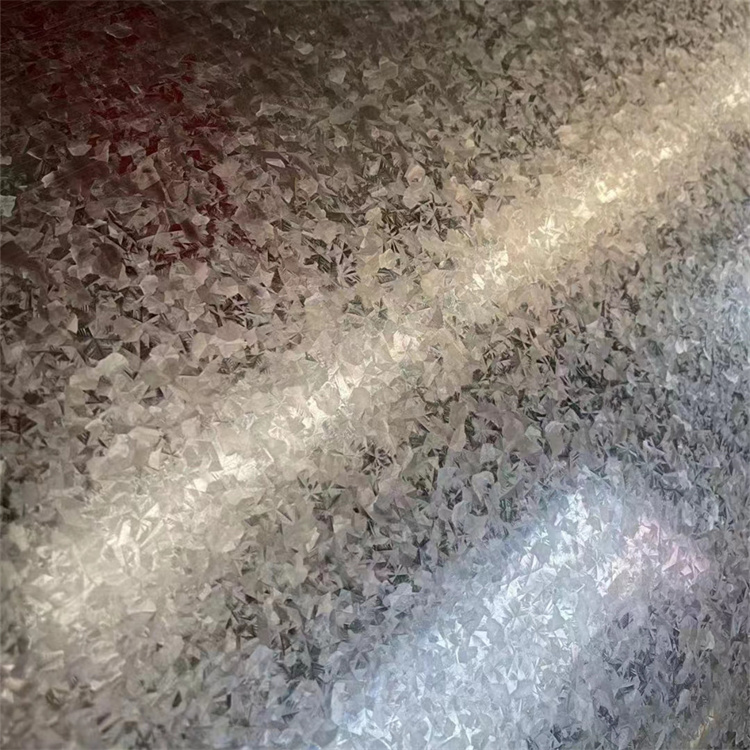
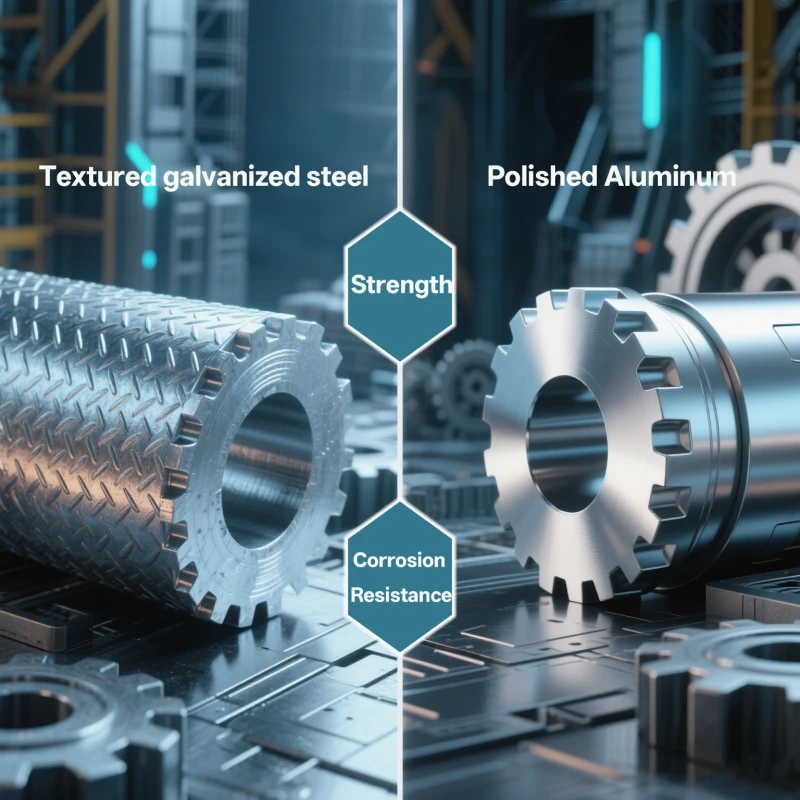
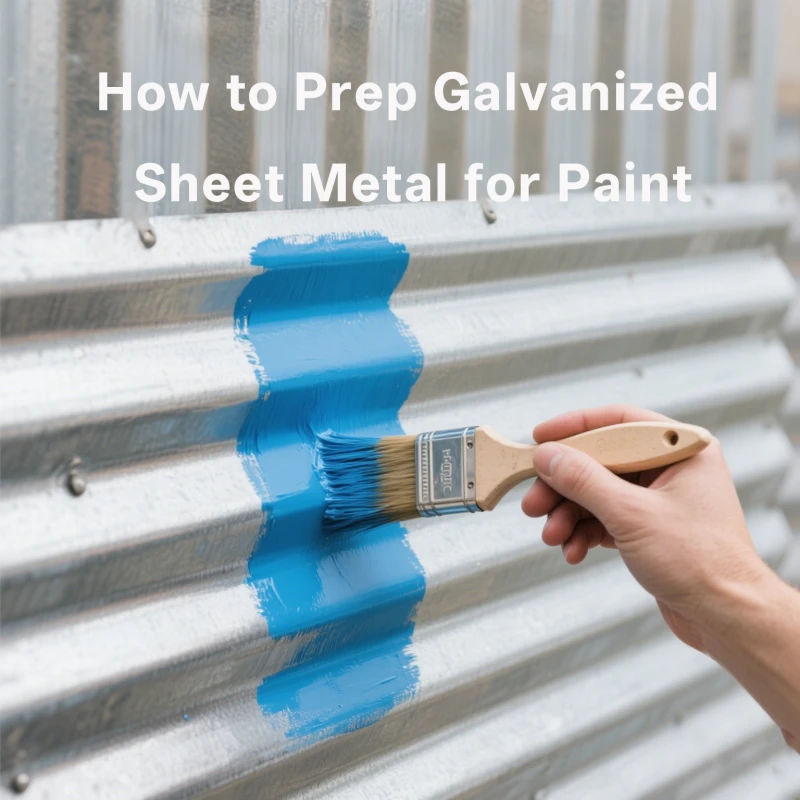

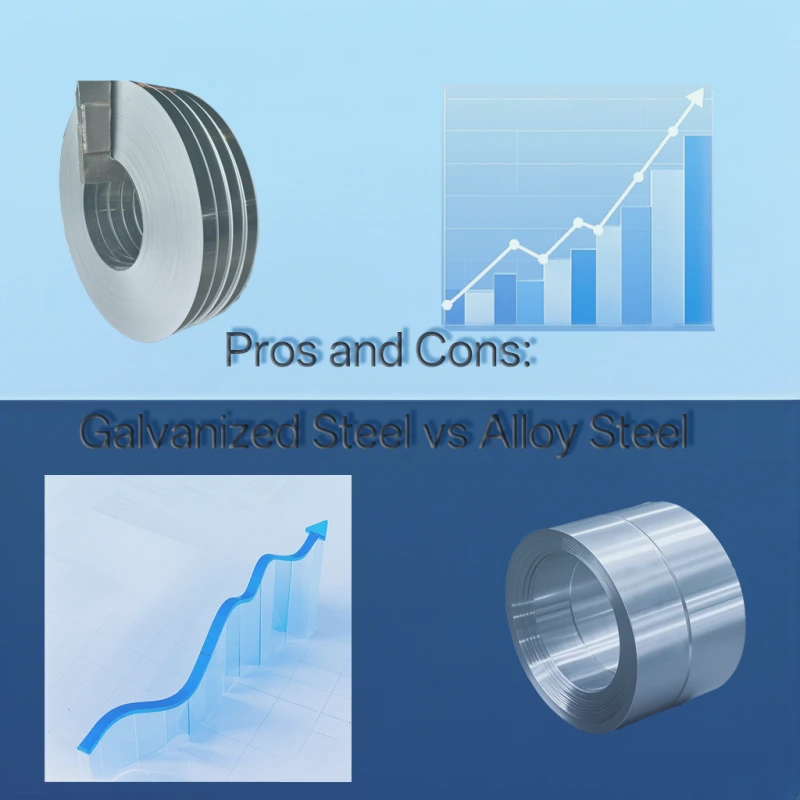
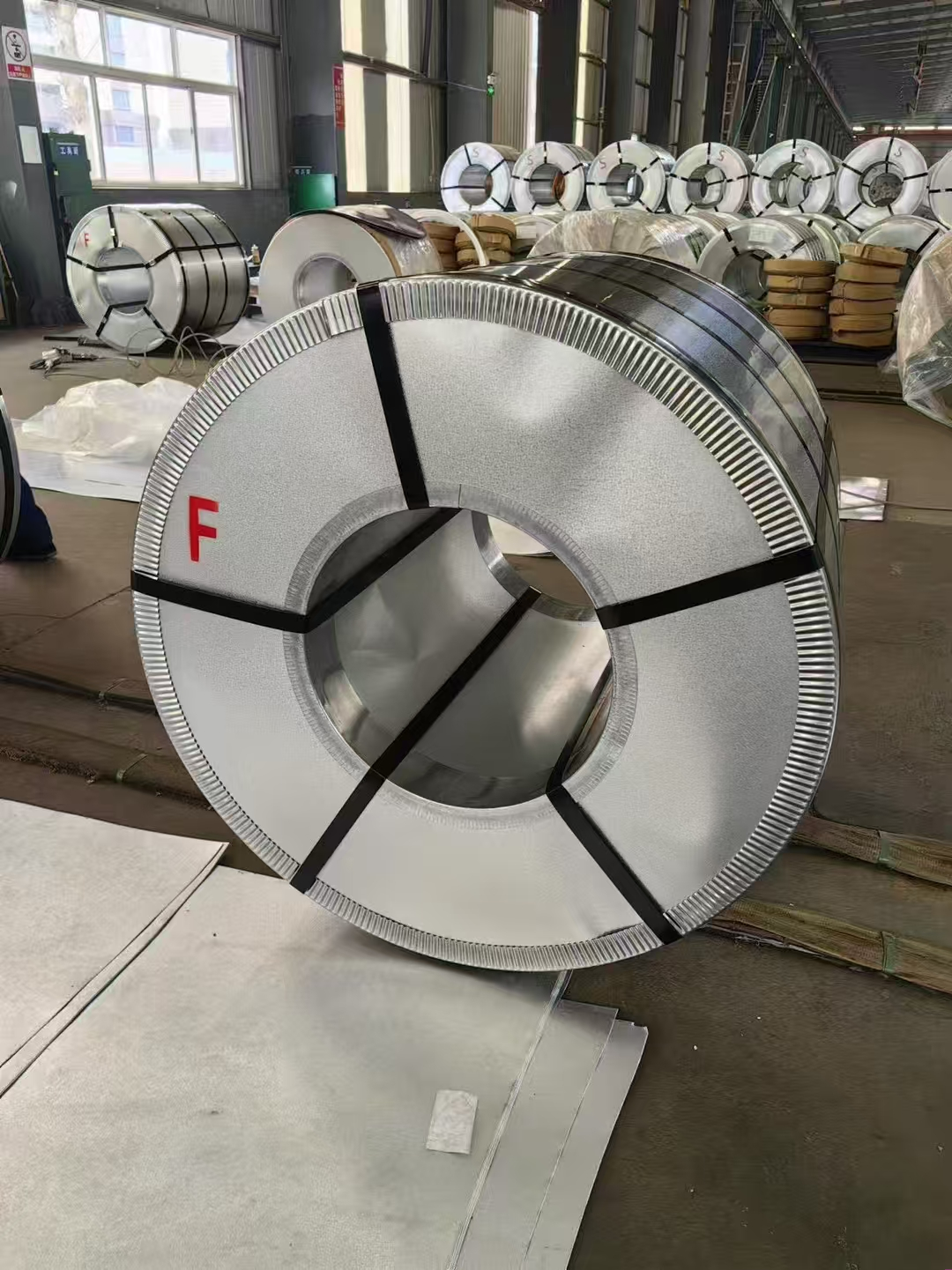
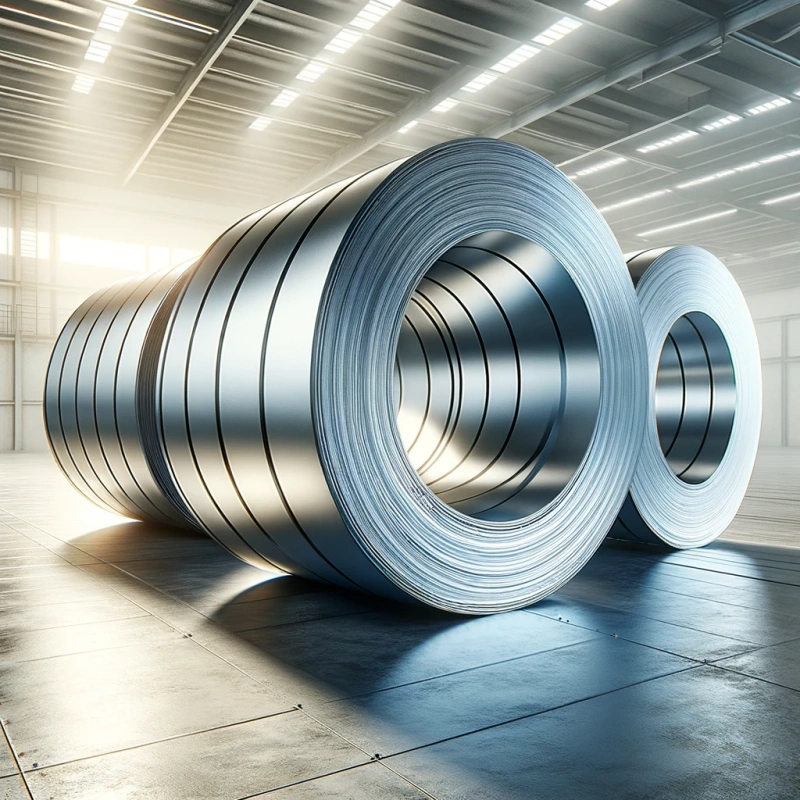
745.webp)
